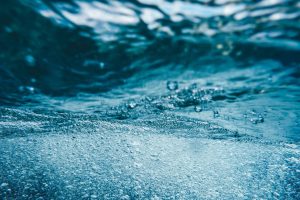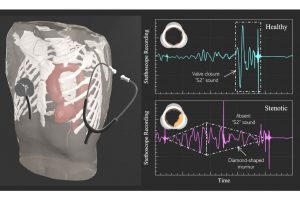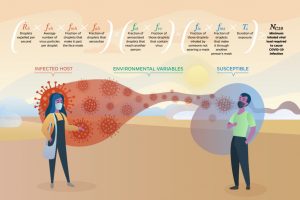Recent News
-

Lunar landings
CategoriesTo prepare for NASA's Artemis missions, graduate students Juan Sebastian Rubio, Miguel X. Diaz-Lopez, and Matt Gorman ran a series of experiments to understand plume surface interactions— or what will happen when a landing spacecraft approaches the lunar surface.
-

Johns Hopkins mechanical engineers have developed an algorithm that “listens” to heart sound recordings and detects heart disease with an accuracy that is similar to that of expert cardiologists.
-
Katz was selected on the basis of his extensive publications on rotating flows with applications to gas turbine technology and air-sea interactions.
-

Led by Johns Hopkins University, a team of 10 researchers from three institutions is using a new $4 million, five-year grant from the National Science Foundation to create a next-generation turbulence database that will enable groundbreaking research in engineering and the atmospheric and ocean sciences.







